#Reports
Why Are Fatal Hit-and-run Accidents At an All-time High?
Roadway fatalities have been on the decline relative to population since the 1970s. However, the safest year on record since car ownership became commonplace was actually 2014. Deaths spiked in the following two years, with a very modest decline in 2017. While some of the increase can be attributed to more people driving more miles than ever before, accounting for both elements still results in a higher overall rate of fatal incidents.
Hit-and-run statistics mimic this trend, with 2,046 pedestrian deaths reported in 2016. It’s not the total number that’s alarming — it’s the rate of increase, too. The AAA Foundation for Traffic Safety now claims hit-and-run fatalities are becoming a serious issue; reported incidents within the United States have seen a 60-percent increase since 2009. In fact, they’re the highest they’ve been since the NHTSA started keeping track in 1975.
AAA: New Safety Tech Effectively Doubles Cost of Minor Repairs
Advanced safety tech may save your skin, but it certainly won’t spare your wallet in the event of a minor accident. According to research from the American Automobile Association, replacing and/or recalibrating the sensors needed to allow modern driving aids to function properly are severely inflating the cost of even minor repairs.
Unfortunate, considering features like blind spot monitoring and automatic emergency braking are cropping up as standard equipment on even the most affordable rides. Car ownership continues to get more expensive and there doesn’t seem to be much we can do about it — with one exception.
Americans Suffer in Consumer Reports' 2018 Brand Reliability Rankings
Consumer Reports has released its reliability rankings for automotive brands. The results, based on responses from half million of its readers, are about what you’d expect, with a few exceptions. Normally, reliability rankings don’t change all that much per annum. However, this year’s tally saw some surprising slippage from domestic brands that had performed rather well over the past few years.
The biggest loser was Buick, which fell 11 spots in 2018. CR attributed it to lackluster performance from the redesigned Enclave. Owners cited repeated issues with its new nine-speed transmission and claimed the rest of the brand’s fleet was middling at best. Buick now occupies 19th place, or slightly below average. On the flip side of things, Mazda shot up 9 spots to occupy a comfy position in 3rd place overall. While minor HVAC issues continue to plight the CX-3, the outlet suggested that the rest of its lineup has gotten its act together.
Higher Risk: Study Claims States That Legalized Marijuana Have More Traffic Accidents
The Insurance Institute for Highway Safety and the Highway Loss Data Institute announced Thursday that auto crashes in states with legalized recreational marijuana have increased 6 percent. Both groups will be on hand at the Combating Alcohol-and Drug-Impaired Driving summit at IIHS’ Vehicle Research Center in Ruckersville, Virginia to present two studies on the issue. Perfect timing, considering Canada just became the second country to legalize the substance and support for decriminalization continues to grow in the United States.
Of course, things are rarely so simple. While the IIHS and HLDI remain confident in their research, the National Highway Traffic Safety Administration claimed marijuana use was unlikely to contribute to traffic mishaps in any meaningful way back in 2015. And that’s just for starters. There is so much conflicting information on this issue, it’ll make your head spin harder than the most savage bong rip of your life, bro.
Like Manual Transmissions, Handbrakes Are Also Hurtling Towards Extinction
We’ve long bemoaned the death of the manual transmission. But with few practical advantages other than being more enjoyable to a limited subset of the population, it’s quickly (and understandably) slipping into obscurity. It’s not alone. Based on research conducted by online automotive marketplace CarGurus, the good ol’ handbrake is also rapidly losing relevance as automakers shift their focus to electronic parking brakes.
Isolating its research to the United Kingdom, CarGurus claims just 37 percent of new cars leave the factory with a traditional, mechanical brake lever. And those that still have them are typically bargain-focused nameplates like Suzuki and Dacia. Considering neither of those brands sell any models here, the number is likely even lower in the United States.
These Are the Cars With the Best Infotainment Systems, According to J.D. Power
J.D. Power and Associates is supremely interested in multimedia systems these days. In fact, in now incorporates audio, communication, entertainment, and navigation (ACEN) into its initial quality study. If an automaker wants one of J.D. Power’s tombstone-shaped awards, it now has to ensure its multimedia equipment isn’t vexing to consumers. Unfortunately, ACEN has proven the most problematic category for new vehicle owners since its addition to the annual survey three years ago.
The research and marketing firm recently decided to break out its ACEN scores to see which vehicles had the best infotainment systems. However, in this instance, what constitutes superior hardware is simply a lack of customer complaints. For J.D. Power, multimedia system quality is determined by the number of problems experienced per 100 vehicles over the first 90 days of ownership.
Since potential problems include everything from technical failures and overall features to how well the system was explained by the dealer and plain general satisfaction, decoding what makes a particular system truly bad is difficult. But a lower frequency of complains always means a better product. Which models shined the brightest?
Ford Keen on Ditching the Steering Wheel, Outlines Autonomous Vision
Ford Motor Co. recently released a 44-page report, entitled “ A Matter of Trust,” which clearly states its vision of the autonomous future the tech industry’s attempting to stuff down our collective throats. The file covers Ford’s overall philosophy on self-driving vehicles, a milestone timeline, answers frequently asked questions, and states what the company intends to do over the next couple of years.
While we applaud any automaker that takes the initiative to craft a comprehensive report detailing what they’re plotting, we can’t say we’re enthralled with what we’ve read.
A large portion of the report focuses on giving a general idea of how autonomous vehicles function, what they’ll have to cope with, and answering difficult questions in a frank and honest manner. But Ford also said it intends to launch an AV in 2021 that lacks a steering wheel or pedals. We weren’t happy hearing about General Motors’ development of a car without driver controls back in January and nothing has changed our minds since then.
Honda Odyssey Reigns Supreme in Latest Minivan Crash Test
You don’t need a family to own a minivan, it just helps avoid a series of awkward follow-up questions. However, regardless of whether you’re riding with your complete progeny or your only friend in the world, you probably hope your vehicle has your back in the event of an accident.
The Insurance Institute for Highway Safety’s small overlap crash test separated the wheat from the automotive chaff ever since its introduction in 2012. The test imagines what happens when the front corner of a vehicle collides with another vehicle or an stationary object, focusing an immense amount of energy on a small area of the automobile. It’s a worst-case scenario for the structural integrity of a model and makes for a great viewing experience, as it really does a number on the test car.
Despite fielding a rather pathetic number of vehicles, the minivan segment performed pretty well in the IIHS passenger-side small overlap front crash test on the whole. However, while no outright deathtraps revealed themselves, the group still saw some mixed results.
Autonomous Tech Won't Displace Truckers, Biased Studies Claim
Last year, the Center for Automotive Research said robotic vehicles will eventually displace professional drivers in figures that will be “certainly in the millions.” Meanwhile, Goldman Sachs predicted trucking job losses of 25,000 per month as autonomous vehicles roll out in earnest. Truckers are going to end up like pinsetters and switchboard operators — saddled with a career that have been nullified thanks to automation, until they become extinct. However, we’ve also heard there’s a lack of manpower within the industry and that’s helping spur development.
This year, a glut of new studies emerged that suggest self-driving vehicles will actually benefit truckers. Unfortunately, they all come from sources that really want you to be stoked with the technology.
Report Claims Self-driving Cars Will Make So Much Money, No One Will Care About Employment Losses
There’s been plenty of discussion about how autonomous vehicles will effectively annihilate the trucking and taxi industries. We’ve certainly discussed it — in addition to concerns that self-driving vehicles may not reduce pollution and traffic congestion as promised.
Fear not, claims a recent report sponsored by Securing America’s Future Energy. The problem of self-driving cars displacing huge numbers workers is apparently overblown when compared to the economic impact as a whole. According to the study — “America’s Workforce and the Self-Driving Future” — the loss in employment opportunities should be offset by the potential advantages in safety, cheaper transportation, mobility, air quality, and individual productivity.
The report says that by 2050, AVs will contribute between $3 and $6 trillion in cumulative consumer and societal benefits to the U.S. economy. While it’s not clear how much of that will go into the pockets of people who’ve lost their jobs, it sure sounds great in theory.
But is this really the future of autonomous transportation? And who are these wizards of analysis who tell us the future looks so damn bright?
NTSB Report Says Tesla Was Accelerating at Time of Fatal Mountain View Crash
The March 23rd death of a Tesla Model X driver in Mountain View, California prompted the National Transportation Safety Board to probe why the vehicle, driving in Autopilot mode, left its lane and collided with a concrete lane barrier on a clear day. The impact killed 38-year-old Walter Huang, an Apple engineer.
In the wake of the crash, the safety agency booted Tesla from the investigation after the automaker released details relating to the vehicle’s (and victim’s) actions in the moments leading to the crash. We now have the NTSB’s preliminary report on what happened before, during, and after the collision.
Study Claims Car Shoppers Don't Care About Swelling Fuel Prices
Average fuel prices in the United States managed to triple between the years of 1999 and and 2012. While we’ve been fortunate enough to enjoy relatively low prices at the pump over the last few years, analysts predict the current spike will continue through the summer.
However, a recent study from Kelley Blue Book suggests most new-vehicle buyers don’t give a flip about it, with consumers claiming the price surge won’t influence their vehicle purchasing decisions in the slightest.
The assumption that the cost of gas will stabilize in the fall could play a factor for some, but many respondents say the price per gallon would have to reach $4 before they became rattled enough to consider swapping to a more economical vehicle.
NTSB Releases Preliminary Report on Fatal Uber Crash; Vehicle 'Saw' Victim 6 Seconds Before Impact
The Volvo XC90 that hit Elaine Herzberg on a darkened Tempe, Arizona street was travelling 43 mph at the time of impact. Guided by a combination of cameras, radar sensors, and lidar designed to cut through the gloom, the two-ton SUV “saw” the victim 6 seconds before impact, according to a preliminary report released by the National Transportation Safety Board.
The Volvo, operated by Uber Technologies, applied the brakes 1.3 seconds after impact. However, it wasn’t autonomous software that ended up sending pressure the front and rear pistons. A human did that.
NHTSA Study Confirms New Cars Are Safer, Regulations Not a Scam
You might want to sit down for this one. The National Highway Traffic Safety Administration (NHTSA) released a study this week showing older cars without modern day safety hardware are — and I’m sorry to say this — far more dangerous than newer vehicles. Unbelievable, right?
Of course not. As tacked on and obnoxious as a lot of safety regulations often seem, they are delivering onto us safer automobiles. The old maxim of “they don’t build cars like they used to” is absolutely true, but not in the way your grandfather meant it. According to data compiled from the U.S. government’s Fatality Analysis Reporting System (FARS) between 2012 and 2016, fatal incidents occurred in older model-year vehicles at a much higher rate than their newer counterparts. Not surprisingly, the NHSTA also suggested the severity of an occupant’s injuries increase the older a vehicle gets.
Still, the disparity between the vehicle age groups is surprisingly vast.
Deadly Design: SUV Proliferation a Contributing Factor in Pedestrian Deaths, Study Says
Sport-utility vehicles and crossovers are great for families who want maximized interior volume and a sense of security, but the high-riding vehicles are a double-edged sword. In addition to being less economical than a sedan with a similar footprint, the design doesn’t bode well for pedestrians. In fact, the proliferation of SUVs may be the largest contributing factor to pedestrian fatalities right now. From 2009 to 2016, fatal single-vehicle crashes involving utility vehicles increased by 81 percent.
That’s disconcerting, considering the number of pedestrian killed on U.S. roads declined by 20 percent since 1975, hitting an all-time low in 2009. However, in 2016 the death toll had climbed back up to the highest levels since 1990. The Governors Highway Safety Association estimated nearly 6,000 people were fatally struck by vehicles last year, with around 4,700 of those deaths occurring in urban or suburban areas. Conversely, those same environments only saw 2,959 deaths in 2009.
The increase in fatalities cannot be contributed entirely to the design of SUVs. Distracted driving, encouraged by smart phones and increasingly complicated infotainment systems, has undoubtedly pressed the issue. But, when a strike does occur, the shape of a vehicle still plays an enormous factor.





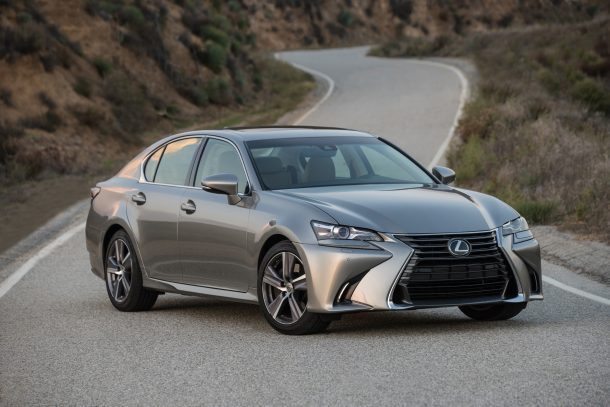


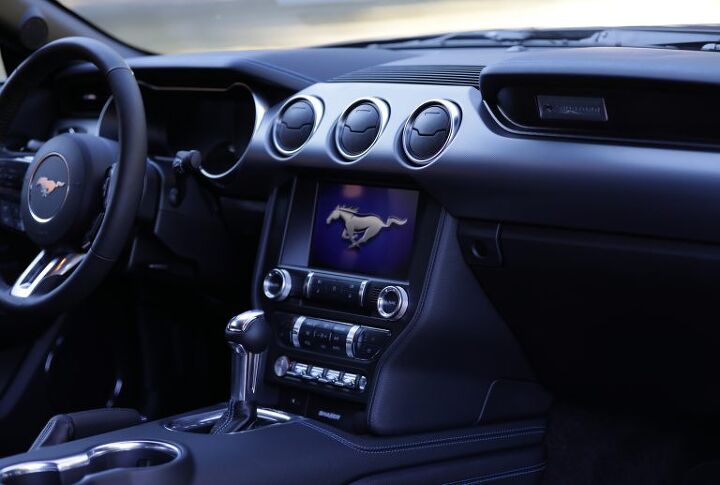
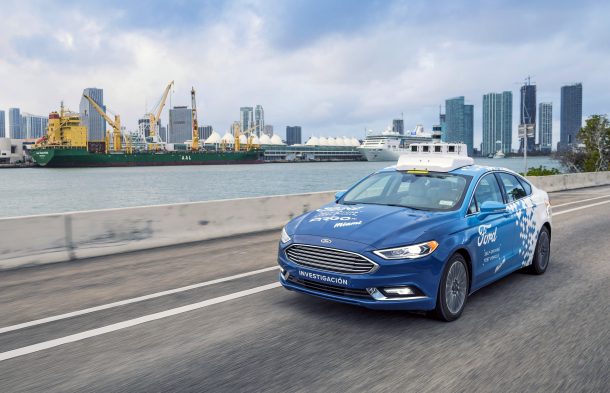
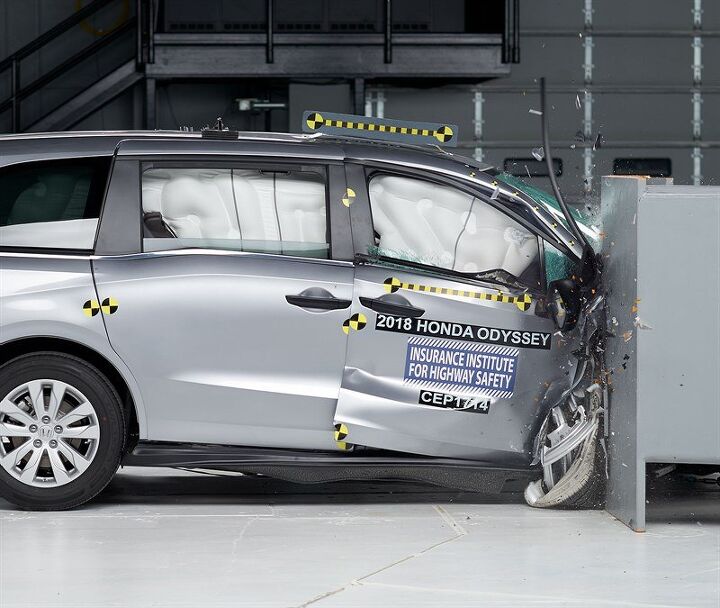





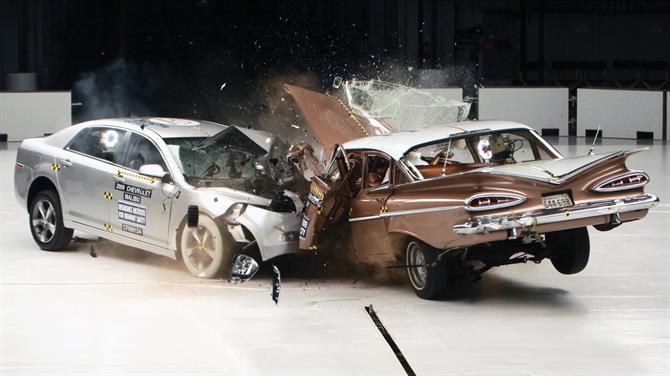













Recent Comments